News
-
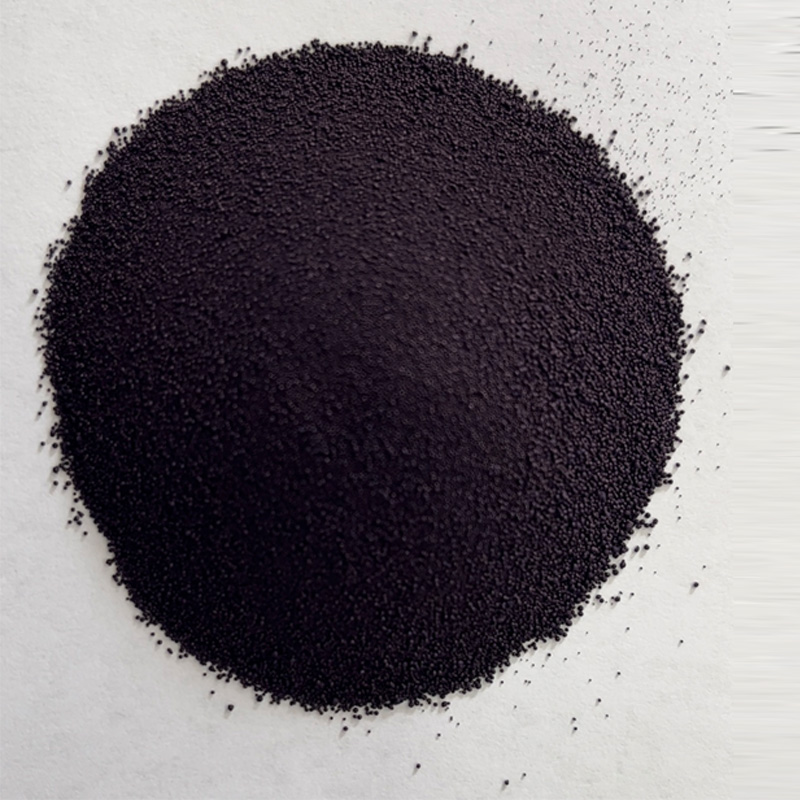
Wuxin Group: A Legacy of Color and Innovation in the Dyes and Pigments Industry
For over three decades, WuXin Group has been a beacon of excellence in the world of dyes and pigments. With a rich history dating back to 1989, the company has established itself as a leader in the production and marketing of high-quality colorants for a diverse clientele both domestically and internationally.Lege plus -
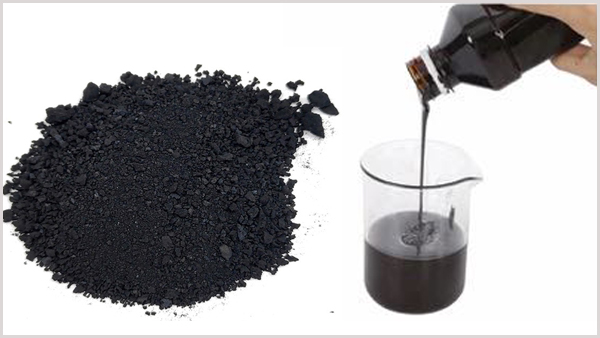
Problems in Denim Color: Sulfur Black
Sulfur black is an important dye in denim and suppliers who produce the highest quality of black enjoy strong business with good prices. Unfortunately, sulfur black dyeing of cotton on continuous machines usually results in significant problems that cause customer dissatisfaction.Lege plus -
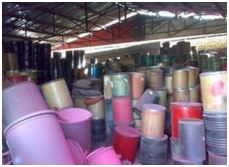
Problems With Dyeing Of Sulphur Dyes
Sulphur dyes are excess used with sodium sulphide. Some of the sodium sulfide is used for the reduction of dyes, but the excess part will produce sulfur-containing wastewater. The dyeing wastewater has high sulfur content, and the formed wastewater which cannot be fully treated by the activated sludge method and the coagulation sedimentation method.Lege plus -
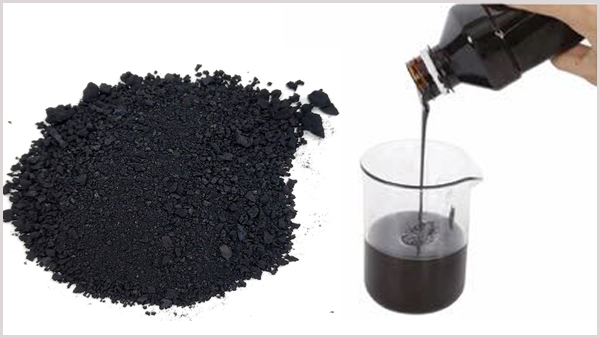
How to use sulphur black dyeing in cotton?
Sulfur black, so sulfur dyes themselves do not have dyeing ability for cotton. However, it has good dyeing properties for cotton by reducing the dye to leucosomes in aqueous solution of Sodium sulfide. The sulfur dye dyeing is carried out in Sodium sulfide solution.Lege plus -
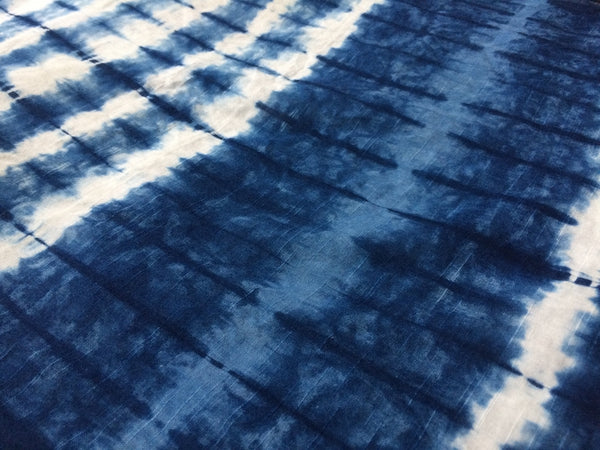
Jeans Garment Dyeing with Sulfur Dyes
Garment dyeing is a method of dyeing fully-fashioned garments such as t-shirts, sweaters, dresses, stockings and jeans. In the conventional method of fabric manufacturing, fabric that has been pre-dyed (piece-dyed) is cut-and-sewn into garments.Lege plus -
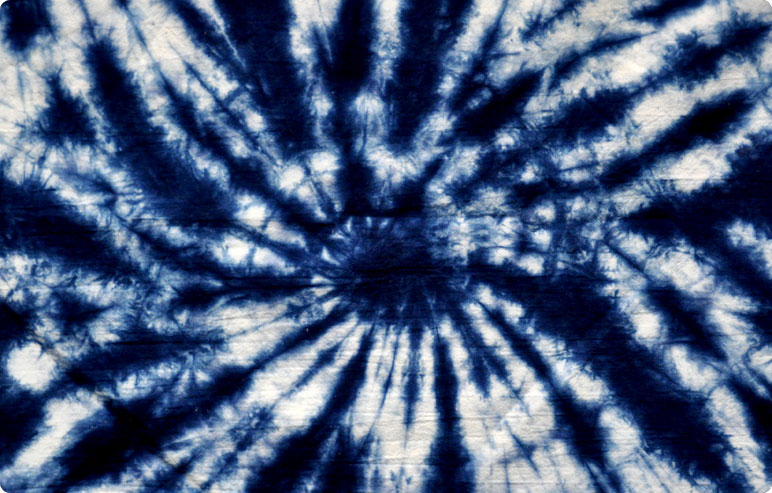 Many of us natural dyers are well familiar with the process of concocting an indigo vat and the working properties of indigo as a dye. It is truly remarkable that so many historical cultures throughout the world developed a practical understanding of the complex chemistry governing the indigo vat, leaving us with a wealth of cultural and artistic heritage centered on this beautiful dye.Lege plus
Many of us natural dyers are well familiar with the process of concocting an indigo vat and the working properties of indigo as a dye. It is truly remarkable that so many historical cultures throughout the world developed a practical understanding of the complex chemistry governing the indigo vat, leaving us with a wealth of cultural and artistic heritage centered on this beautiful dye.Lege plus -
 The indigo blue color has played an important role in several cultures throughout history. There are an astounding number of books that are just devoted to this one dye. The famous Blue Men of Morocco are a North African tribe who dress from head to toe in indigo dyed fabric.Lege plus
The indigo blue color has played an important role in several cultures throughout history. There are an astounding number of books that are just devoted to this one dye. The famous Blue Men of Morocco are a North African tribe who dress from head to toe in indigo dyed fabric.Lege plus -
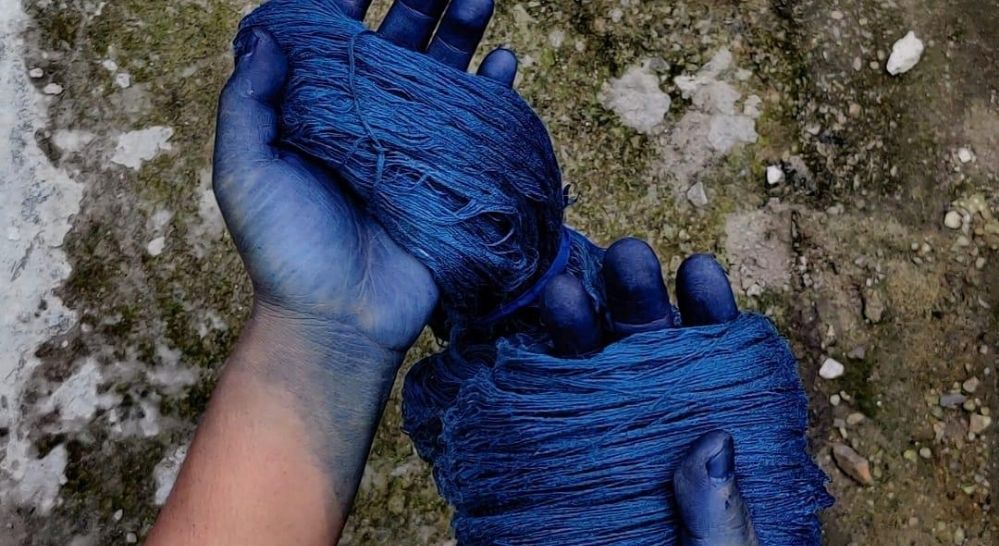
Organic Indigo Dye Recipe and Process
Muezart, as you know, is an Eri silk studio which operates from the heart of Meghalaya, a state in the northeast corner of India. We are in the business of supporting the regeneration and expansion of a heritage cottage industry of our state, that of Eri Silkworm rearing and producing of Eri silk fiber.Lege plus -

Indigo Dye: Learning the significance of this natural dye
Indigo dye is a natural dye that is extracted from plants and animals. Though the dye was and is still produced organically, most of the indigo dye available in the market today is mass produced through chemical processes to satisfy increased demand for blue dye.Lege plus -

Natural Indigo Blue Dye Origin Dying Procedures Technology and Dye Recipes for Denim Fabrics
Natural indigo is now being used by several fashion retail giants such as H&M on a large scale to replace synthetic indigo dye for developing safe, green, and sustainable jeans. Since natural indigo originates from natural resources, it is treble the cost of synthetic indigo dye.Lege plus -
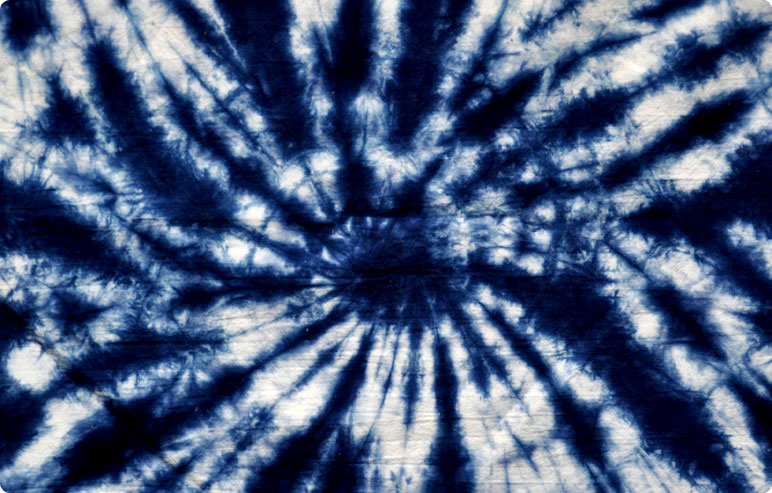
Indigo Blue Is Now A Fiber Reactive Dye Color!
If you don't want to mess with Indigo Vats, reducing and oxidizing, not to mention crocking (think the "Tuareg, The Blue Men of the Sahara, an ancient Berber tribe that ranges from southern Morocco...", not the Blue Man Group) we have a permanent Fiber Reactive Dye color that we added awhile back to our expanding line of professional dyes for natural fibers!Lege plus -
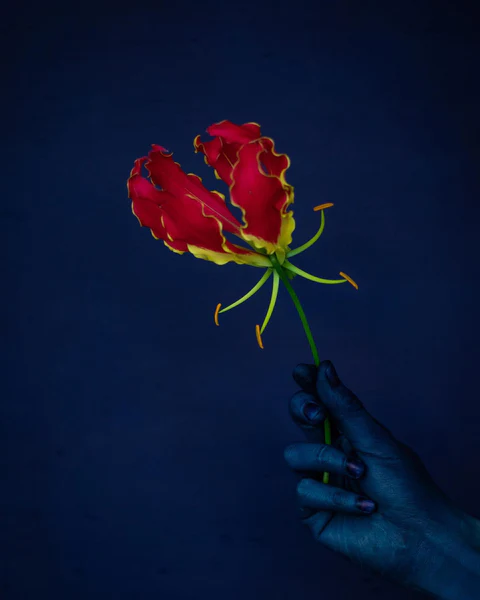
Indigo Dyeing: Ancient Blue Techniques to Inspire Modern Artistry
Indigo dyeing is a traditional dyeing process that has been practiced for thousands of years in various regions of the world. The indigo dyeing process utilizes a natural pigment obtained from the leaves of the indigo plant, resulting in a beautiful, deep blue color that is unique and unmatched by synthetic dyes.Lege plus

